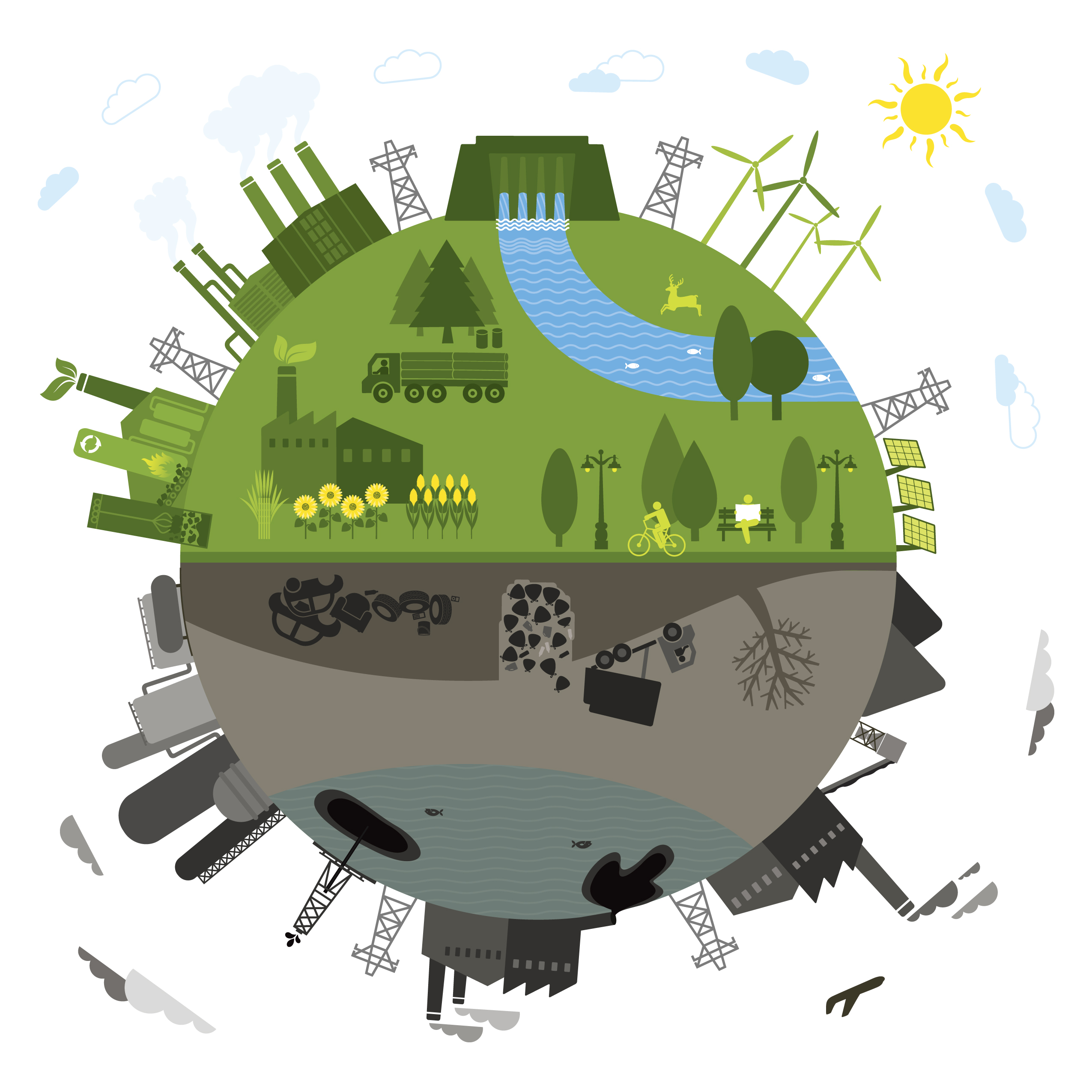Hello everyone! This is the second installment in the “Environmental Issues 101” series, where each week, we’ll be looking at the need-to-know facts about one significant environmental issue our planet faces. Today, we’ll be looking at the issue of sustainability, or rather, the lack thereof.
What is the issue?
To understand the issue with the lack of sustainability these days, we must first understand what sustainability is. Sustainability is any action’s ability to meet the needs of its current users without compromising said ability of future generations. I’m sure that sounded really confusing, so put simply, something sustainable is something not only we can do but our future generations can do as well just like we do. A factor that plays into sustainability are renewable and nonrenewable resources, which you can learn more about at my blog post here.
That being said, many of the ways our world works are unfortunately unsustainable. A main example is energy. The vast majority of our energy comes from nonrenewable energy sources such as coal and oil. Not only do these harm the environment, but once they are completely used up, we will no longer be able to power ourselves with them. Another example is any excessive use of a resource such as vehicles, single-use plastics, food, water, trees, etc. as they can cause a renewable resource to become nonrenewable.
Why does this matter?
We’ve already established that the main concern with using unsustainable resources is that once they are depleted, they cannot be replenished, but why is that a concern? For one, if we heavily rely on said resource, it’s highly probable that the coming generations will too, and if we use up all of said resource, there’ll be none left for them, depriving them of something they desperately need to survive. They’ll then be forced to find alternatives, which could prove to be extremely hard since nobody wants to take any initiative to find them.
Rapidly depleting the Earth’s natural resources puts a strain on it too. Unsustainable practices can lead to many harmful phenomena similar to that caused by global warming such as marine and land acidification, icecap loss, severe weather, population loss, and so many more. An example of resource depletion is trees. If we cut down more trees than the amount that gets naturally grown, we will accelerate deforestation and all of the disasters that come with it.
What can we do?
While lack of sustainability is not as widely known of an issue, it’s still one, a prevalent one that we can put an end to. If you’d like to implement more sustainable practices in your lifestyle, consider the following actions and/or check out the following blog posts:
- Compost!
- Be more aware of the amount of resources, such as food and water, that you consume and waste. With food, consider portioning yourself only the amount that you think you’ll eat, not eating as much meat, etc. With water, consider taking shorter showers, using less hot water, etc.
- Invest in renewable energy sources.
- Use reusable alternatives to common resources like metal bottles instead of plastic bottles.
- Try to only buy as much as you think you need.
- Make your home more energy efficient.
- Choose greener options like biking instead of driving.
That’s all for today; hopefully you learned a thing or two and will try being more sustainable in your daily life! Until next time!
Content Source:


One thought on “Sustainability 101”